Optimal Seasons for Landscaping Projects
Landscaping projects can significantly enhance the aesthetic appeal and functionality of outdoor spaces. Timing plays a crucial role in ensuring successful implementation and long-term vitality of landscaping efforts. Understanding the optimal seasons and conditions helps achieve the desired results and minimizes the need for maintenance adjustments.
Spring is ideal for planting new landscapes as soil temperatures warm, promoting healthy root growth. It allows plants to establish before the heat of summer.
Summer landscaping is suitable for ongoing projects, especially in early summer. Careful planning is needed to prevent heat stress on new plants.
Fall offers cooler temperatures and increased rainfall, making it a prime time for planting and establishing new landscapes ahead of winter.
Winter is less common for major landscaping but can be used for planning, design, and installing certain hardscapes in milder climates.
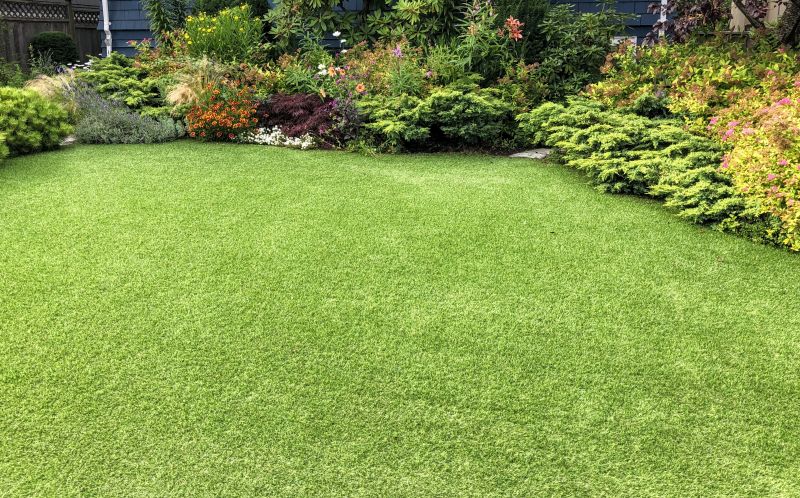
Ways to make Landscapings work in tight or awkward layouts.

Popular materials for Landscapings and why they hold up over time.

Simple add-ons that improve Landscapings without blowing the budget.

High-end options that actually feel worth it for Landscapings.

Finishes and colors that play nicely with Landscapings.
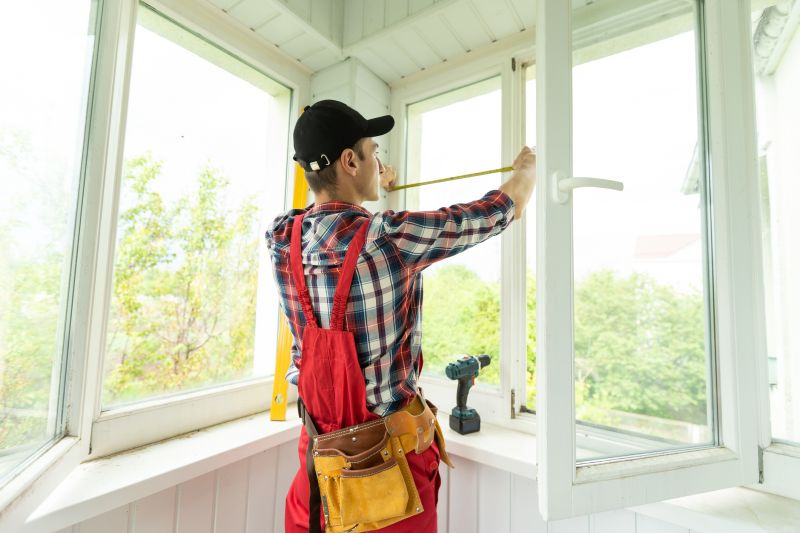
Little measurements that prevent headaches on Landscapings day.
| Season | Ideal Activities |
|---|---|
| Spring | Planting new trees, shrubs, and flowers; soil preparation |
| Summer | Maintenance, watering, and ongoing planting; early summer projects |
| Fall | Planting bulbs, trees, and shrubs; soil conditioning |
| Winter | Design planning, hardscape installation, and preparation |
Proper timing ensures that landscaping efforts align with natural growth cycles, leading to healthier plants and more durable installations. Seasonal considerations include soil temperature, rainfall patterns, and plant dormancy periods, all of which influence project success.
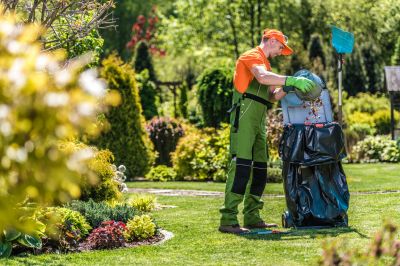
A 60-second routine that keeps Landscapings looking new.
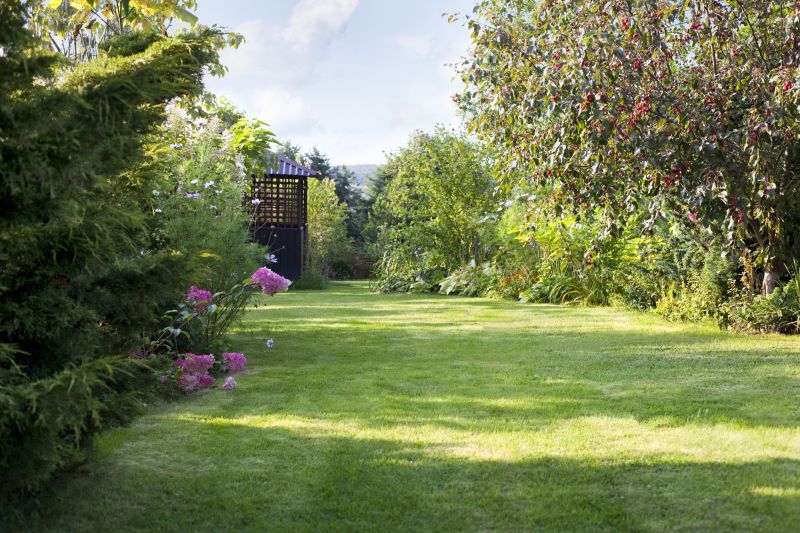
A frequent mistake in Landscapings and how to dodge it.
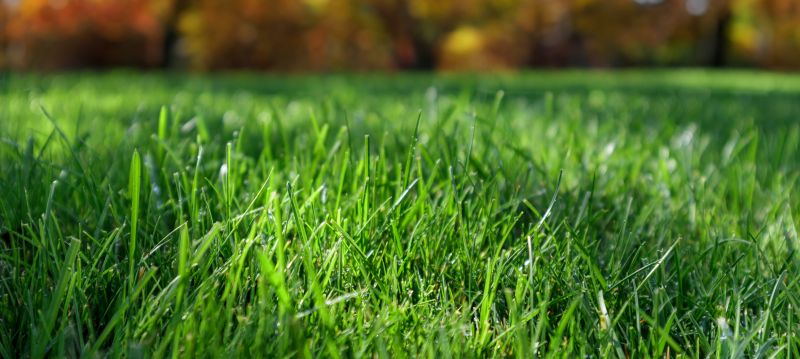
Small tweaks to make Landscapings safer and easier to use.
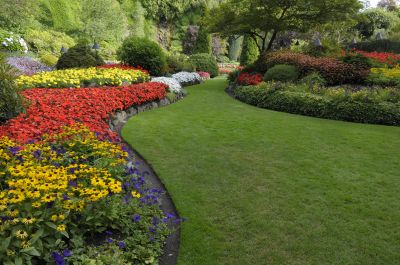
Lower-waste or water-saving choices for Landscapings.

The short, realistic tool list for quality Landscapings.
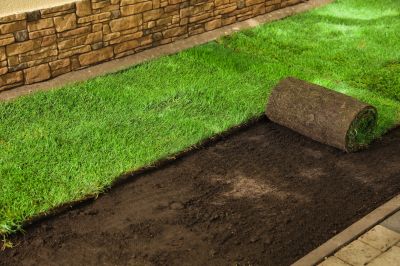
Rough timing from prep to clean-up for Landscapings.
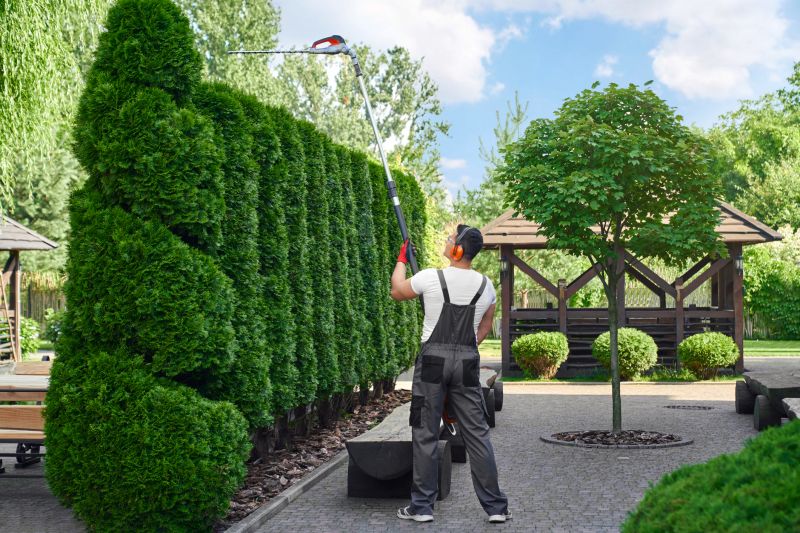
Quick checks and paperwork to keep after Landscapings.
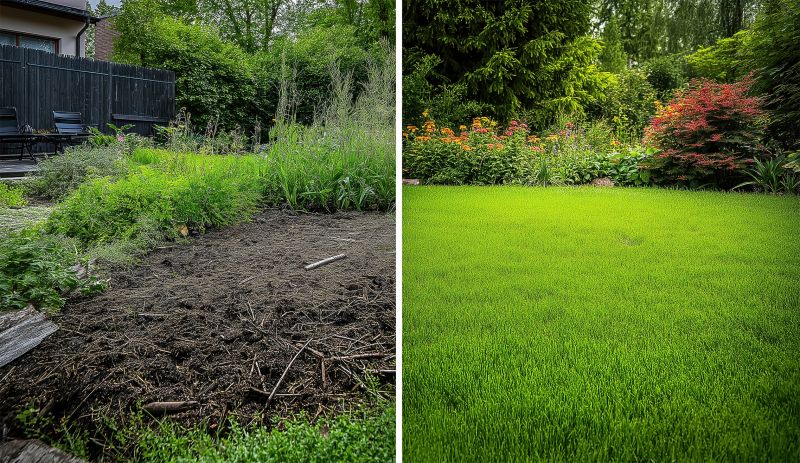
Examples that show the impact a good Landscapings can make.
Engaging in landscaping during the appropriate season can lead to better plant establishment, reduced maintenance, and more vibrant outdoor spaces. Consulting with landscape professionals can help determine the best timing based on specific project goals and local climate conditions.


